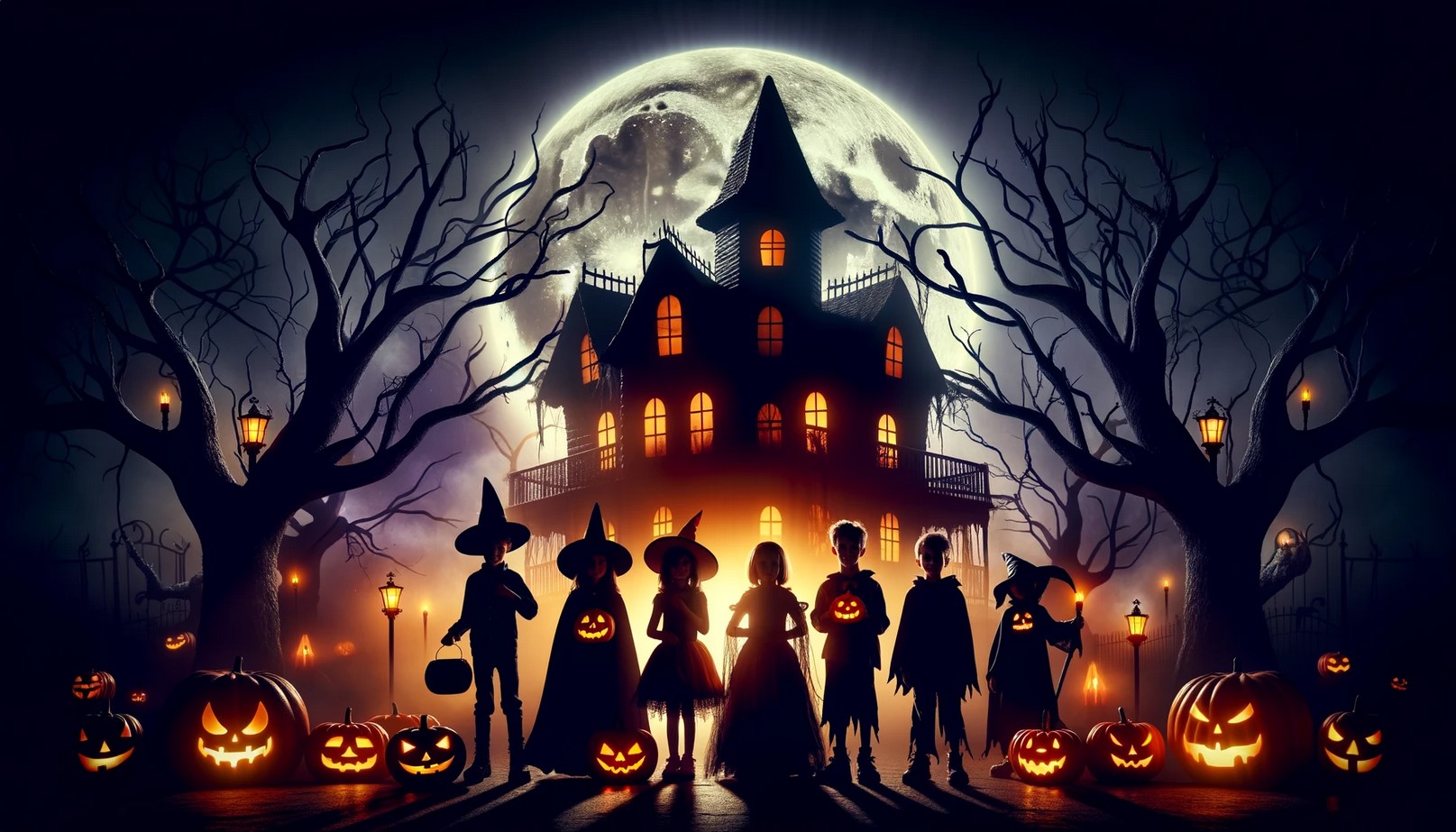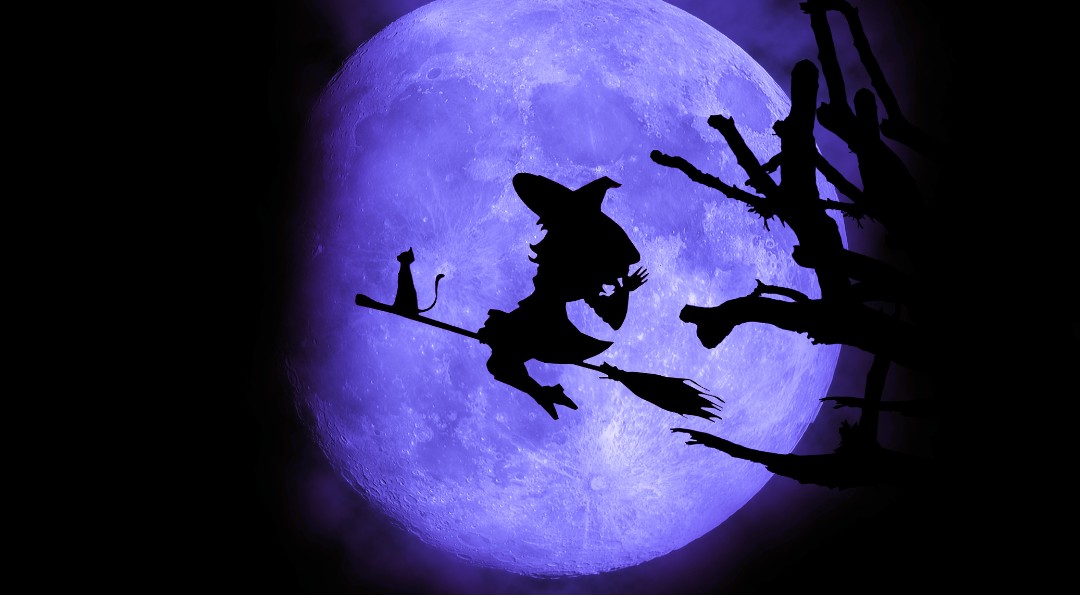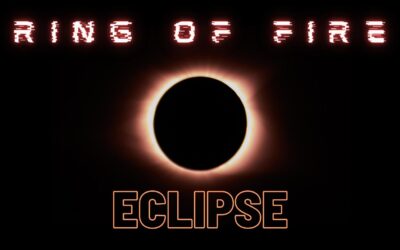Tracing Shadows: The Spooky Origins of Halloween

As nightfall blankets the streets, a mystical vibe pervades the air. Eerie costumes, carved pumpkins, and spooky decorations symbolize the arrival of Halloween. A celebration now known for trick-or-treating, ghost stories, and an eerie ambiance, Halloween’s roots run deep into ancient traditions and beliefs. The sweet aroma of pumpkin pie meanders through the air as households prepare for the night’s festivities, while the eerie tunes and screams from scary movies echo in the distance, setting the stage for a night of fright and delight. This article delves into the origins and history of Halloween, tracing its evolution from a Celtic festival to the modern-day mischief and merriment that captivates the imagination of both the young and the old.
Trick or Treat
The Celtic Roots
Initially, Halloween’s origins can be traced back over 2,000 years to the Celtic festival of Samhain (pronounced ‘sow-in’). The Celts, who resided in present-day Ireland, the UK, and northern France, celebrated Samhain from October 31st to November 1st, marking the end of the harvest season and the onset of winter, a time associated with death. They believed that on the eve of Samhain, the boundary between the living and the dead blurred, allowing spirits to roam the earth.
Roman Influence
Subsequently, as the Roman Empire expanded its territory, it assimilated various local customs, including the Celtic traditions surrounding Samhain. By 43 AD, Romans had conquered the majority of Celtic territory and over time, incorporated their own festivals of Feralia, commemorating the dead, and a day to honor Pomona, the goddess of fruit and trees, with the local Samhain traditions.
Christian Adoption
Around the 8th century, the Christian church, seeking to replace pagan festivals with Christian-centered celebrations, introduced All Saints’ Day on November 1st, around the 8th century. The night before became known as All Hallows’ Eve, eventually evolving into Halloween. The tradition of All Souls’ Day on November 2nd was also introduced, creating a three-day observance of Allhallowtide to honor the dead.

Samhain (a Gaelic word pronounced “sow-win”) is a pagan religious festival originating from an ancient Celtic spiritual tradition. It is usually celebrated from October 31 to November 1 to welcome in the harvest and usher in “the dark half of the year.”
Modern-Day Halloween
In the late 19th and early 20th centuries, largely due to the influx of Irish immigrants carrying their traditions overseas, modern Halloween began to take shape in America. Over the centuries, Halloween transitioned from a pagan ritual to a community-centered celebration, with parties, costumes, and trick-or-treating becoming integral elements of the holiday. Today, Halloween is celebrated with a blend of spooky, whimsical, and communal activities, making it a beloved event worldwide.
In Conclusion
From its ancient Celtic roots to the modern tradition of trick-or-treating, Halloween’s journey through history is as fascinating as the celebration itself. As we indulge in the spooky festivities, a nod to the rich and eerie past of Halloween adds a touch of mystique to the merriment. So as you carve your pumpkins and don your costumes, remember the ancient spirits that once roamed the earth on this very night, and the centuries-old traditions that continue to evoke a sense of wonder and fright.
Read More About Halloween
There is so much more to the History of Halloween, but we can’t mention everything here, but feel free to read more about it at History.com and WorldHistory.org
Related Articles
The Ring of Fire Eclipse: When Science Meets Splendour
I’ve always had a keen interest in space and our solar system. There’s something about understanding the larger universe around us that’s always piqued my curiosity. Each celestial event,...
Bridging Education and Fun in a World of Discovery with MEL Science
As winter approaches in North America, parents like me are on the lookout for engaging indoor activities for our kids, especially on those snow days when school is a no-go. This year, I...
ChatGPT, the AI assistants you never knew you wanted
There are many different kinds of AI chatbots that people use, and ChatGPT is just one of them. Some of the most popular alternatives …




